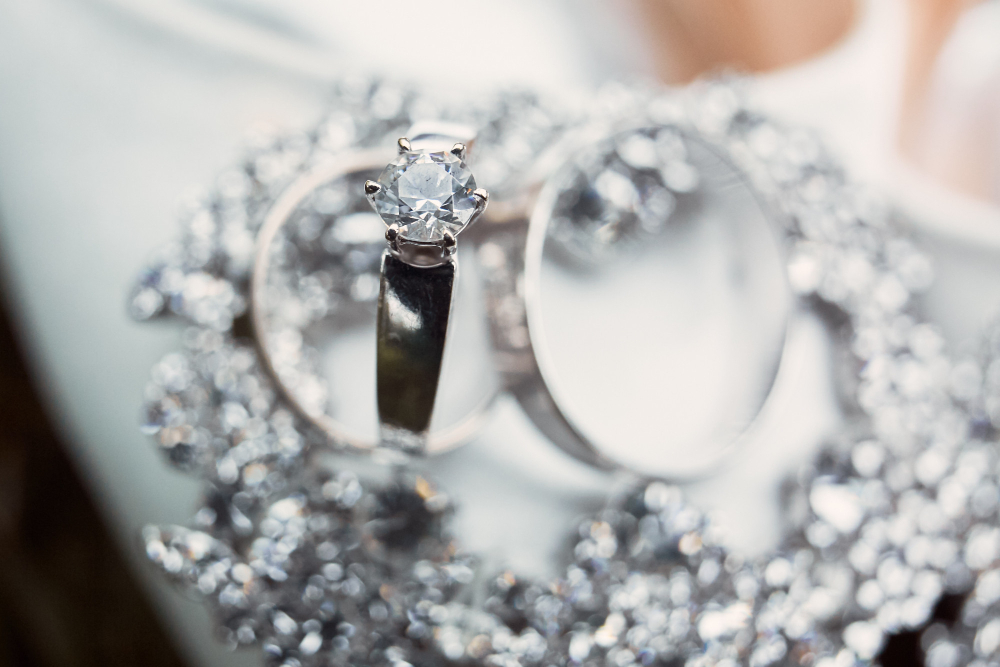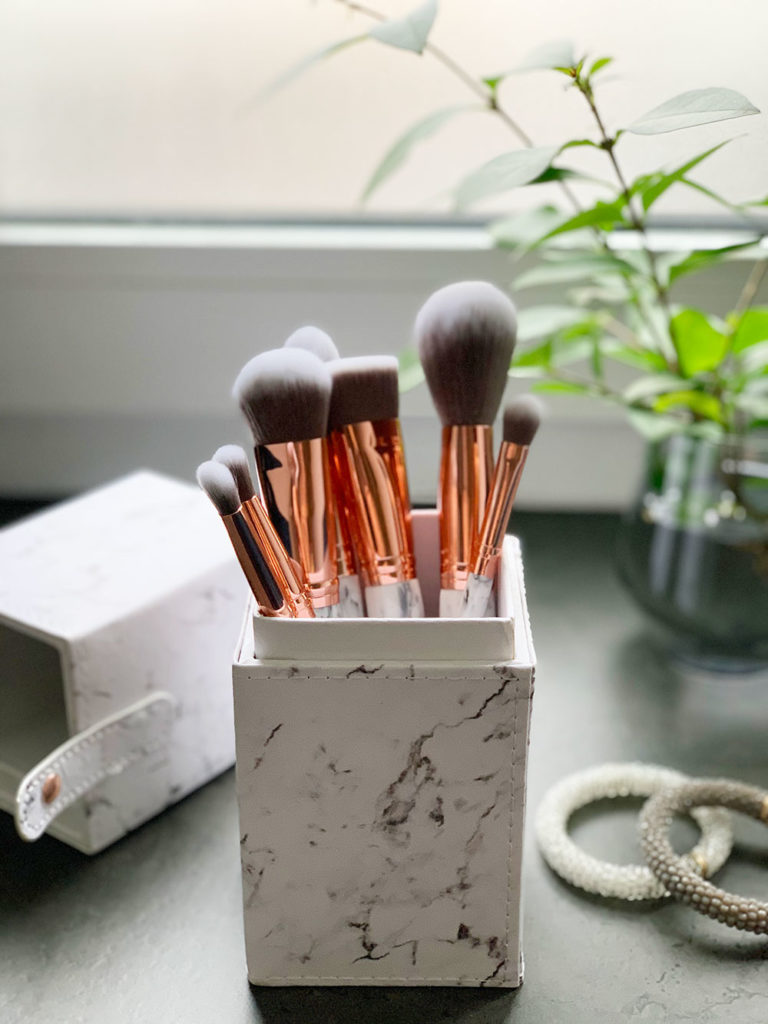Are Lab Diamonds a Viable Option?
Purchasing diamond-made items is a huge decision due to their sentimental and financial value. Over the last decade, lab-grown diamonds became popular as a more affordable alternative that promises similar, if not better, performance.
Still, many are skeptical about their quality and wonder if they’re a genuine alternative to natural stones. That’s why we’ve prepared a comparison between lab diamonds vs real diamonds and everything they have to offer.

Are Lab-Grown Diamonds Real?
Yes, lab-grown diamonds are considered real because their chemical composition and structure are nearly identical to natural diamonds. They are created with advanced techniques replicating the geological conditions under which natural diamonds form. With those processes, they can create diamonds with exceptional hardness, brilliance, and all other characteristics of genuine diamonds.
In essence, lab diamonds vs real diamonds consist of carbon atoms arranged in a crystalline structure. In fact, they are so similar that you can’t tell the difference between them without special equipment.
The process of making lab-grown diamonds is carried out with two primary methods:
- High Pressure High Temperature (HPHT);
- Chemical Vapor Deposition (CVD).
In both cases, carbon atoms are arranged in the characteristic diamond structure. That gives them the same look and chemical features as natural diamonds.
After producing them, scientists will put them through a series of tests to ensure their quality. Furthermore, gemological laboratories often use advanced equipment to distinguish between natural and lab-grown diamonds. Although lab diamonds have an artificial origin, their physical and chemical characteristics make them very real in the world of gemology.
Quality and Characteristics of Lab Diamonds vs Real Diamonds
When it comes to quality, both lab-grown vs natural diamonds have similarities in all the crucial characteristics. The Four Cs — Carat, Cut, Color, and Clarity — are the universal criteria for determining diamond quality. What’s even more surprising is that lab diamonds can not only match but even exceed the standards of natural diamonds in these categories.
Carat:
One of the big advantages of lab-grown vs natural diamonds is their flexibility in achieving carat weights. That gives them a cost advantage over natural diamonds of the same size. As a buyer, you can choose larger lab diamonds without any drop in quality.
Cut:
The cut of a diamond is what gives it its brilliance. Both lab and natural diamonds can be expertly cut to maximize their sparkle, making them identical in this category. Furthermore, lab diamonds can also be precisely cut into ideal proportions.
Color:
Lab diamonds are known for their color consistency and are available in various colors. Natural diamonds may have slight color variations, and preferences for colorless or colored diamonds influence the choice between the two.
Clarity:
Once again, both lab diamonds vs real diamonds can achieve high clarity levels. Of course, since lab diamonds are produced in a controlled environment, you can easily get diamonds without imperfections.

Lab Diamonds vs Real Diamonds – Cost
Buyers that opt for lab-grown vs natural diamonds can expect a 20% to 40% savings. The controlled process of producing lab diamonds, combined with a lower environmental impact, contributes to the reduced price. Hence, you’ll always be able to get higher-quality lab diamonds for the same price. Natural one-carat diamonds will cost you around $6,000, with the lab-grown ones being significantly cheaper at around $2,500.
Extracting natural diamonds is a complicated procedure requiring extensive mining, which adds to its cost. Their extraction also leaves significant environmental consequences, while lab diamonds are sustainable, making them more appealing in that sense.
Naturally, the market demand for lab diamonds vs real diamonds is very high. Both options have a strong following base due to their unique properties.
Another major factor that determines the cost is the color rarity. Natural diamonds come in fewer color variations, unlike lab diamonds, which have much more options. Hence, those who have specific colors in mind will definitely give lab-grown diamonds an advantage in this category.
The same goes for clarity, as lab diamonds have fewer impurities, making achieving higher clarity levels easier.
Still, although lab diamonds have a few massive advantages over natural ones, the premium status of natural diamonds is a crucial factor that translates into premium pricing.
Lab Diamonds vs Real Diamonds – Which Ones Are Better?
Making the definitive decision between lab diamonds vs real diamonds is difficult since personal opinion will have the final verdict. However, we can weigh their pros and cons to make your final decision easier.
Lab Diamonds Pros and Cons
Pros:
- lab diamonds have less environmental impact, making them a more ethical choice;
- they’re more cost-effective, and you can get higher-quality stones for a similar budget;
- you can customize their characteristics like color and clarity due to their controlled production.
Cons:
- some people may perceive lab diamonds as less valuable compared to natural ones;
- they may not be perceived as unique since there’s no natural rarity;
- although they’re more environmentally friendly, they still require energy to produce, which raises other considerations.
Real Diamonds Pros and Cons
Pros:
- real diamonds have a long history and sentimental value, especially in traditions like diamond engagement rings;
- they’re rare, which gives them more investment potential;
- each natural diamond is unique, with distinct characteristics shaped by geological processes.
Cons:
- real diamonds are more expensive, especially the larger, higher-quality stones;
- they have a significant environmental impact;
- some natural diamonds, often called “blood diamonds,” are extracted with unethical practices, including human rights abuses and funding of armed conflicts.
Final thoughts
When deciding between lab diamonds vs real diamonds, there are quite a few factors to consider. However, lab diamonds are definitely a viable option, especially due to their lower price and more customization options.
Of course, they have cons and areas where natural stones take advantage. Whether you opt for the controlled precision of lab-grown diamonds or the timeless allure of natural diamonds, each choice carries its unique charm, allowing individuals to express their values through the exquisite beauty of these precious gems.






